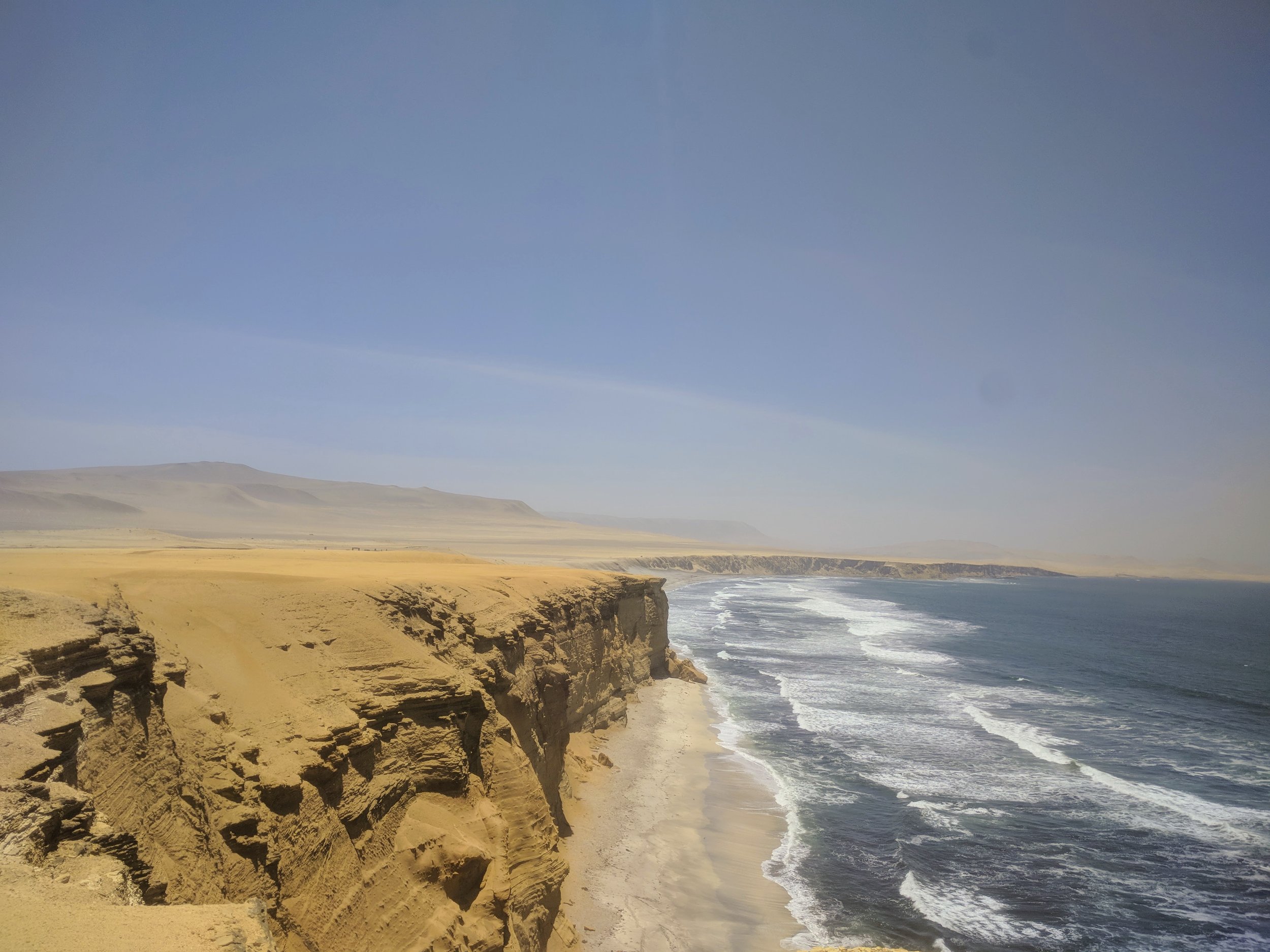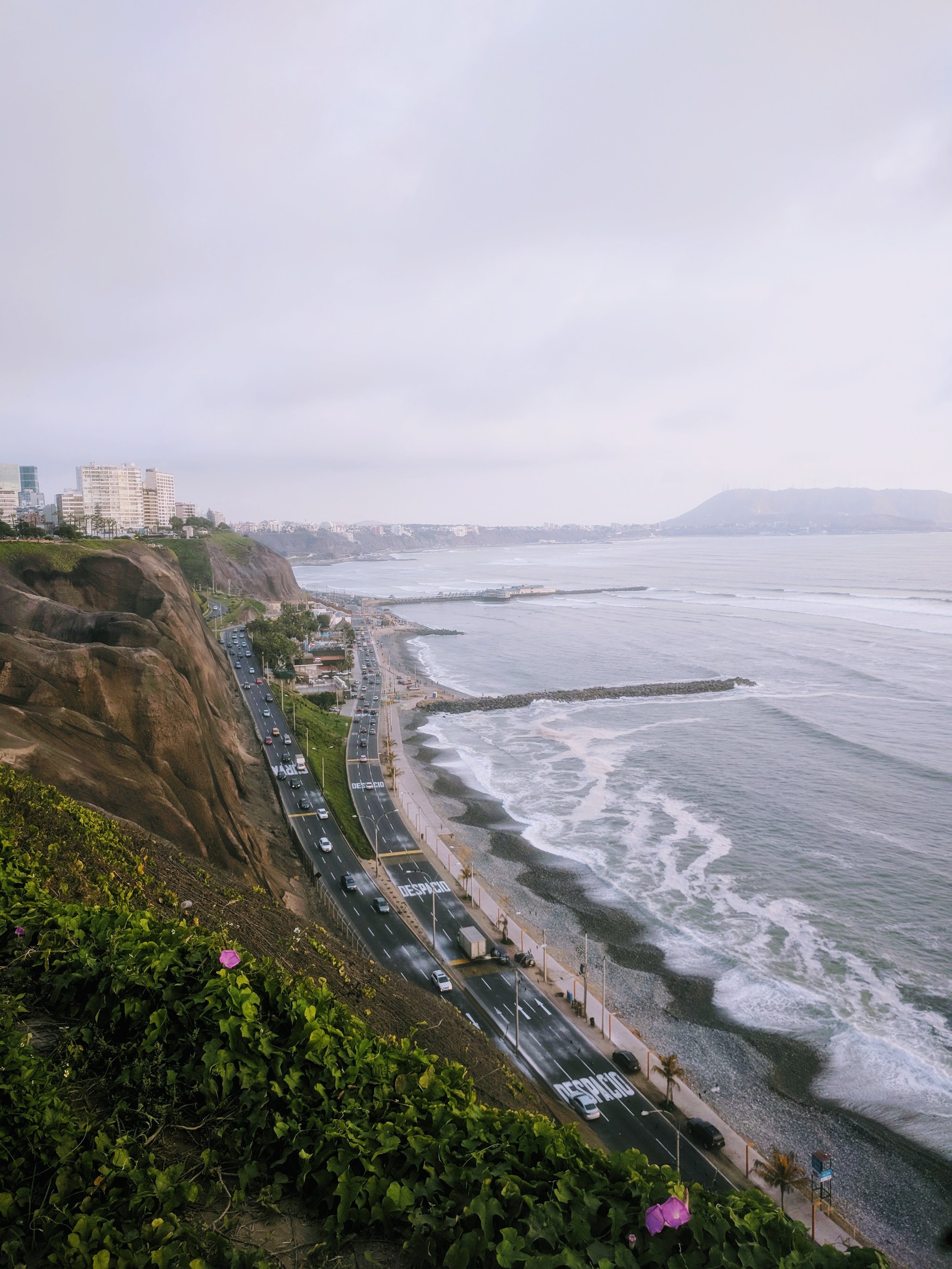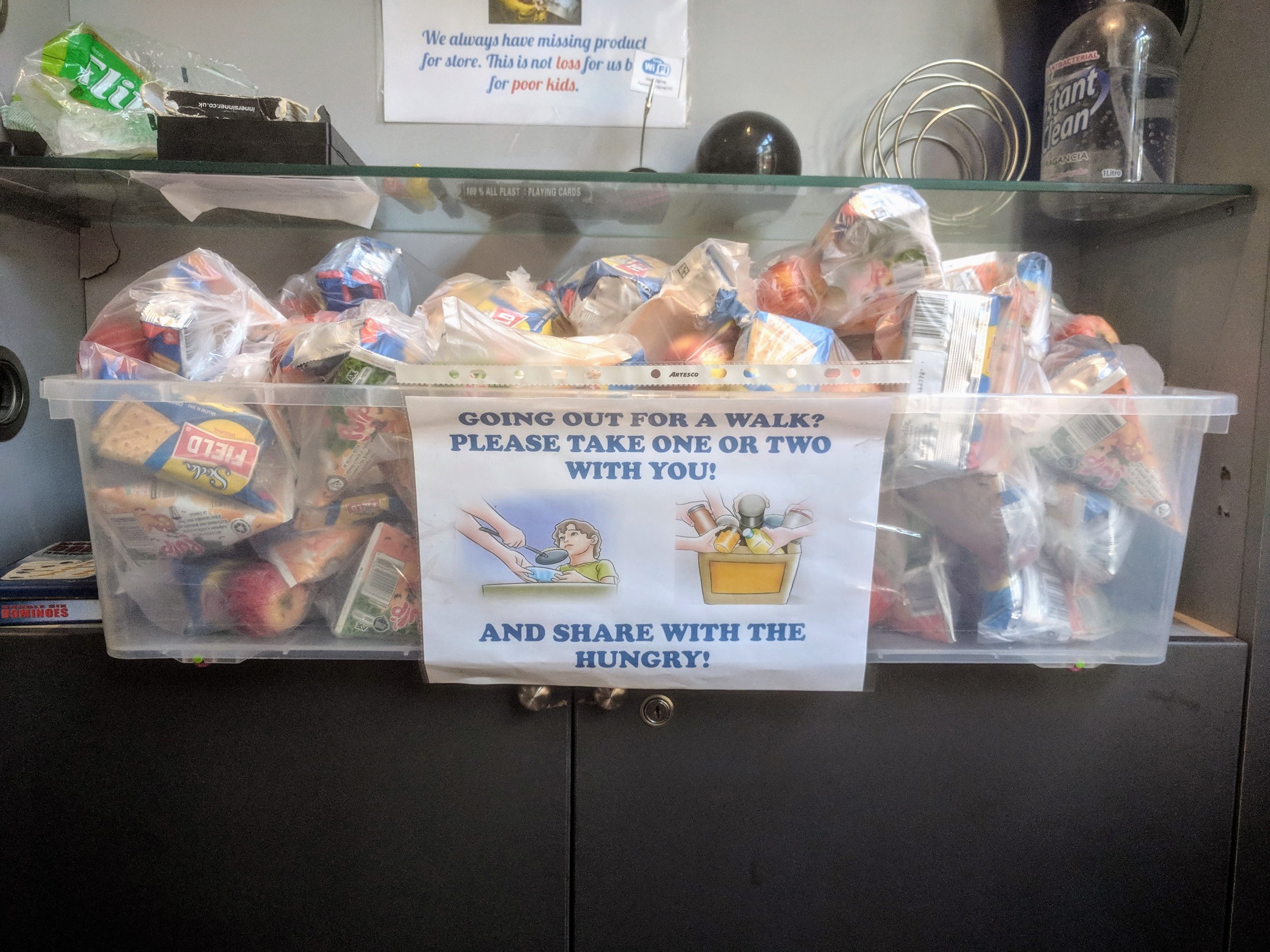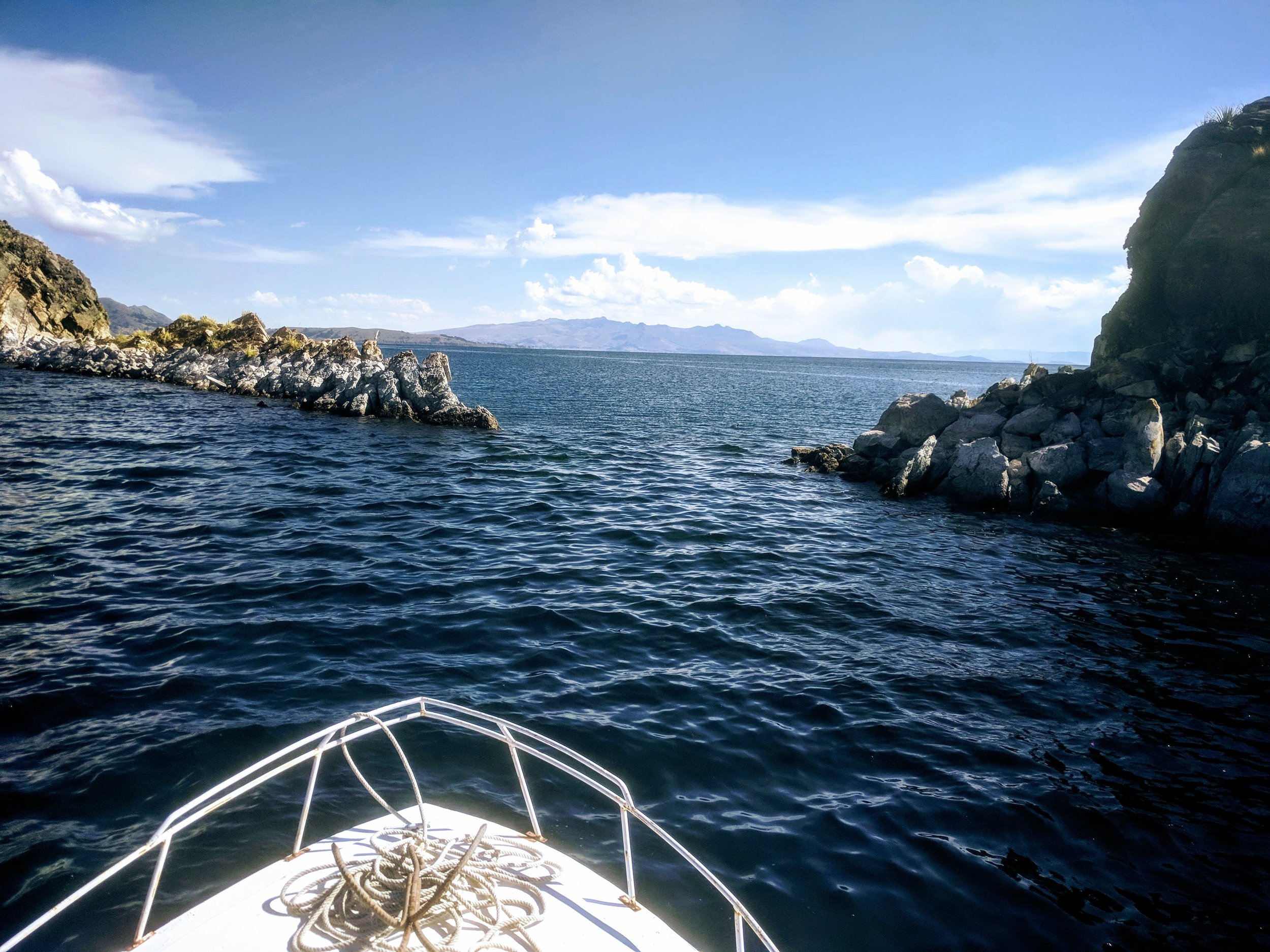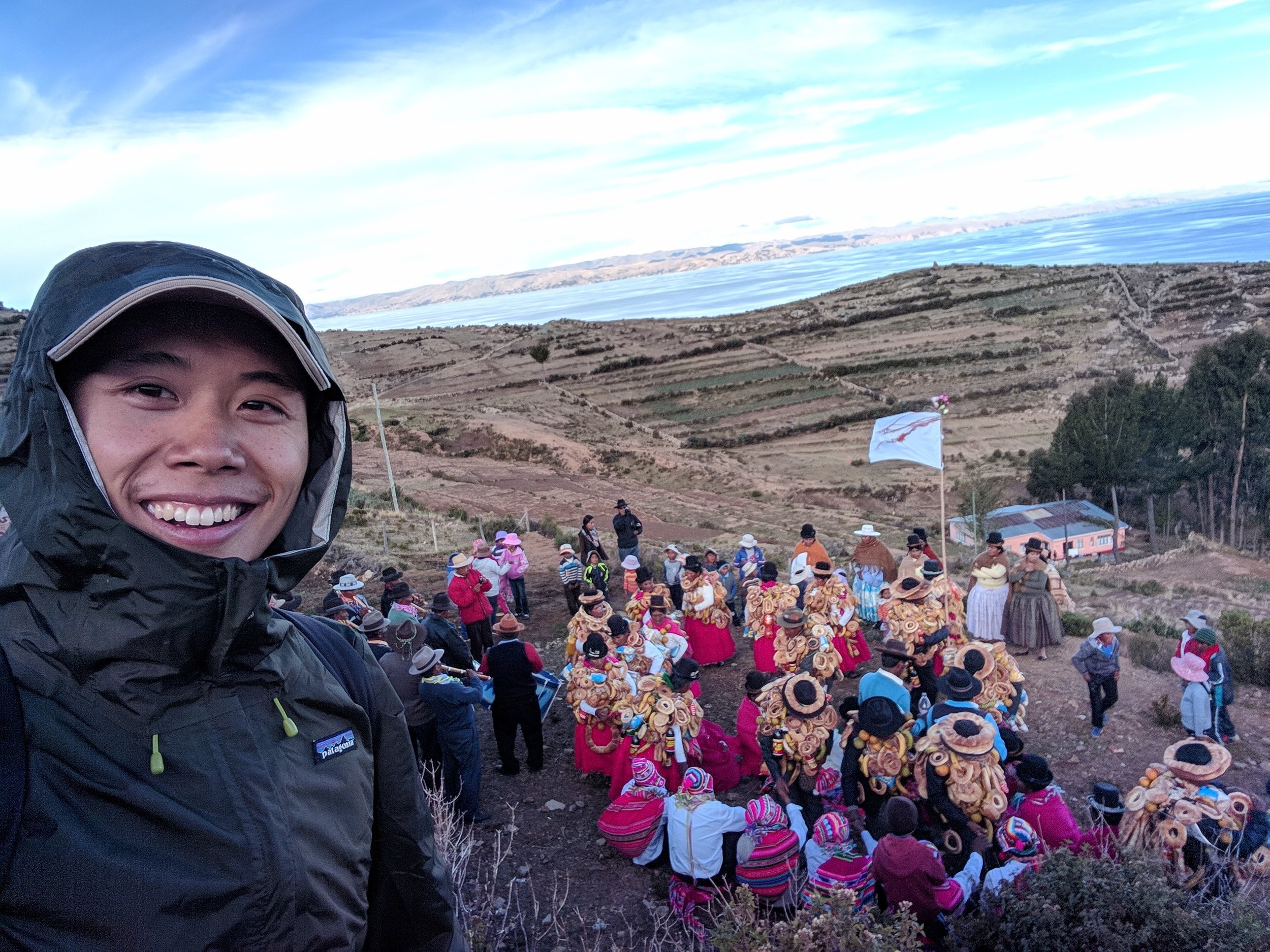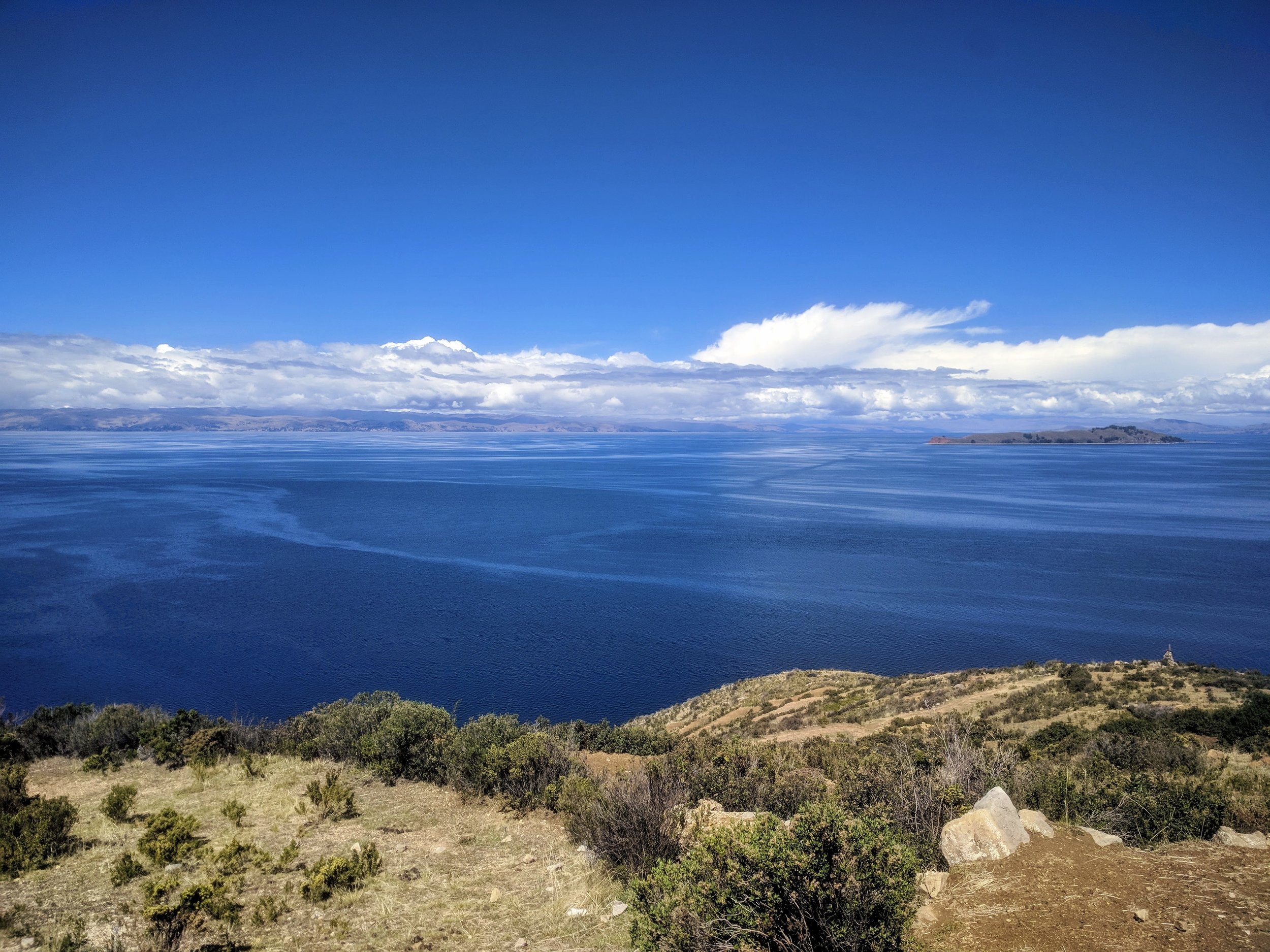Tourism in Peru has tripled since 2000, growing at a healthy clip of 25% yearly and ranking first among South American countries. As the country has become a popular international destination, an appropriate nickname has developed for the route frequented by tourists in the south, the Gringo Trail.
My jaunt on the trail took me through:
1. Arequipa- the culinary capital, second most populous city of Peru, and the jump-off point to descend and ascend into the Colca Canyon and Rainbow Mountain, respectively.
2. Cusco- the heart of the Incan empire, base camp for Machu Pichu, and Gringo party central.
3. Nasca- the site of the esoteric Nasca Lines, a set of ancient geoglyphs etched into the desert sands. We took a one-hour flight in a propeller plane to see all the different geometric and zoomorphic (i.e. animals) figures. My head was spinning during the flyover, both from the unapologetically steep banks and the scale of the carvings.
4. Ica- the home of pisco brandy, a favorite alcoholic drink of Gringos in South America. Most come for the sand buggy ride and sand-boarding on the dunes at the nearby Huacachina oasis.
5. Paracas- the sleepy port town bordering the Ballestas Islands and the Paracas Natural Reserve, a beautiful expanse where the desert sands meet the ocean waves.
6. Lima- the sprawling capital of Peru that is widely-disparaged by backpackers. On the contrary, I spent two weeks there and loved it as a respite from the sightseer trappings of the trail and as a never-ending food tour (half the food photos in the Gastronomy post are from Lima). My theory is that backpackers have an aversion towards big cities, especially since we tend to hail from those same environments. You have to WORK to experience things. Locals are living their lives, not catering to tourist whims. I stayed at Zig Zag, a non-profit hostel that made lunches for underprivileged children on Saturdays . It was a privilege to volunteer and rejuvenating to physically contribute with my hands, instead of passive absorption with my eyes as a tourist.
I skipped Puno, the main Peruvian town on Lake Titicaca, which is the biggest lake in South America. Instead, I visited the lake from the Bolivian town of Copacabana, the original that was popularized by the later-named Brazilian town and subsequent Barry Manilow song. From the town, it was a two-hour boat to Isla del Sol (translation: Island of the Sun), where we were treated to a bloody llama sacrifice to celebrate the arrival of summer. We didn't stay for the llama barbecue, as we were thoroughly preoccupied with the gorgeous views of the lake.
More than any country I've visited in recent memory, Peru is really thriving on tourism. The traveler is king, but the tradeoff is the proliferation of small things that somewhat unfortunately play to visitors:
- Needing to book a tour for everything. Most of the cost is for getting transported from point A to point B.
- Being nickel and dimed for everything (e.g. charging to use the bathroom). It's the principle!
- The relentless hawking of $7/hour massage spas in Cusco. I wonder if any Peruvians have ever been in one?
- Every block having a shop selling '100% baby alpaca' garments. I love the vibrant traditional clothing, but it's slightly diminshed when every Gringo sports the same sweater.
That being said, one of the least Gringo-friendly things was the culture of honking (i.e. the 24-hour background noise of Peru), so that goes to show just how Gringo-friendly it all was. I normally prefer the path less traveled, but there's no regrets on the Gringo Trail, an incredible blend of cultural, gastronomic, and adventure exploration.





